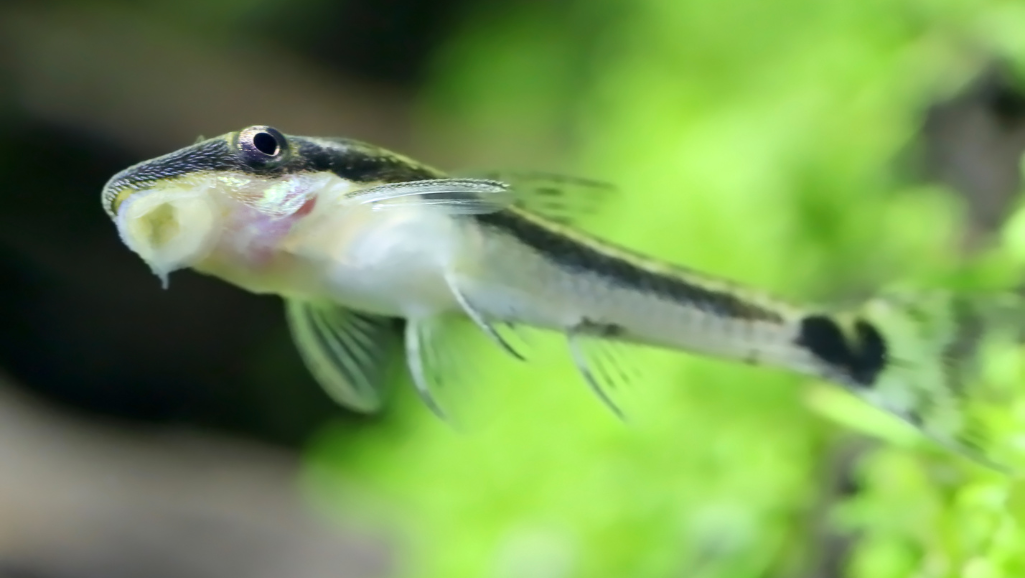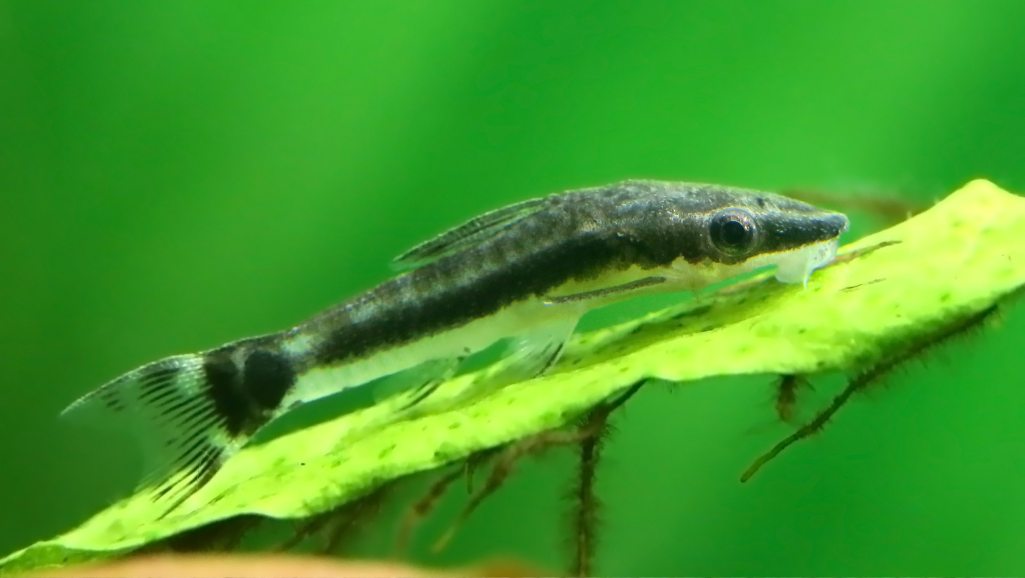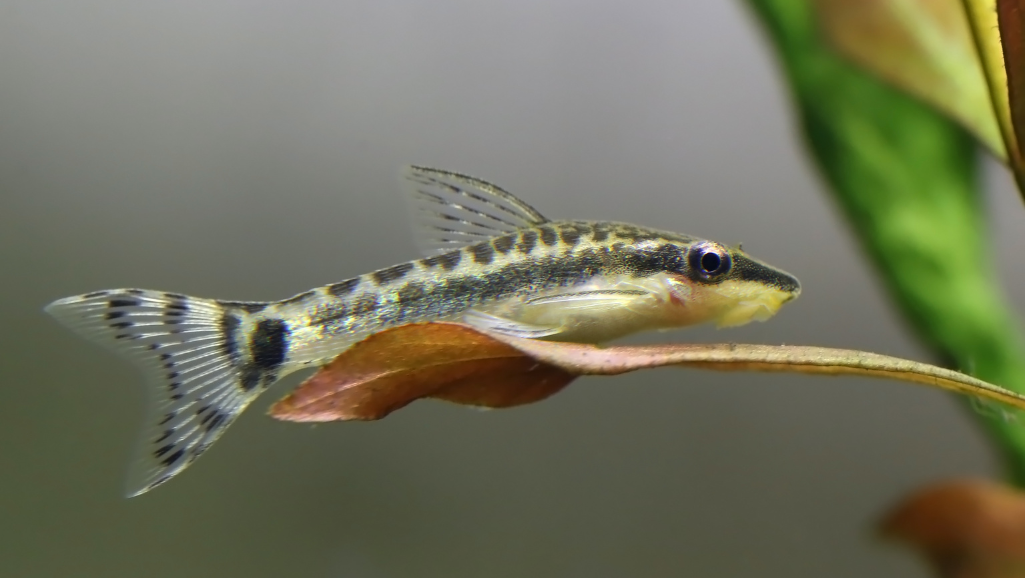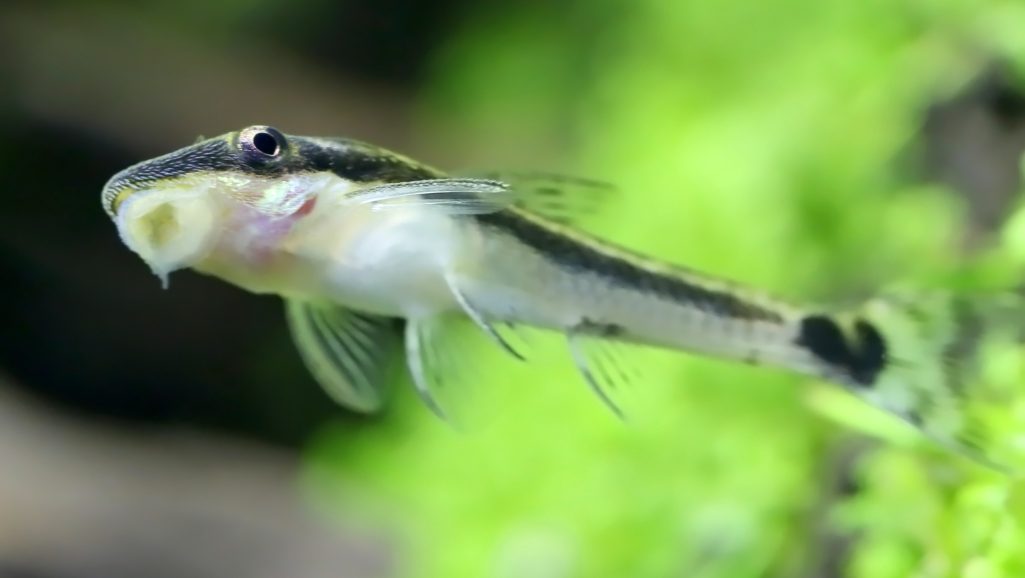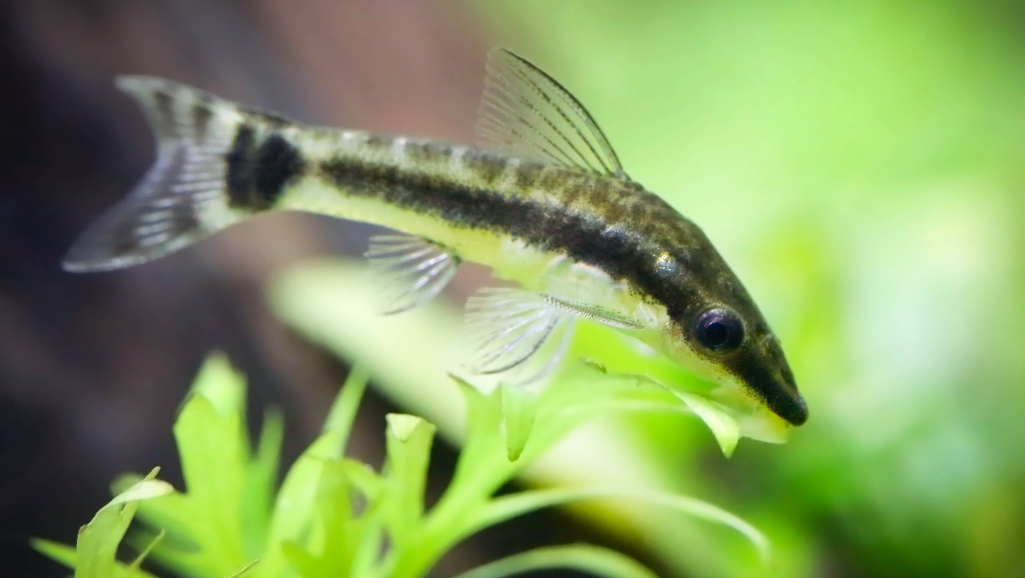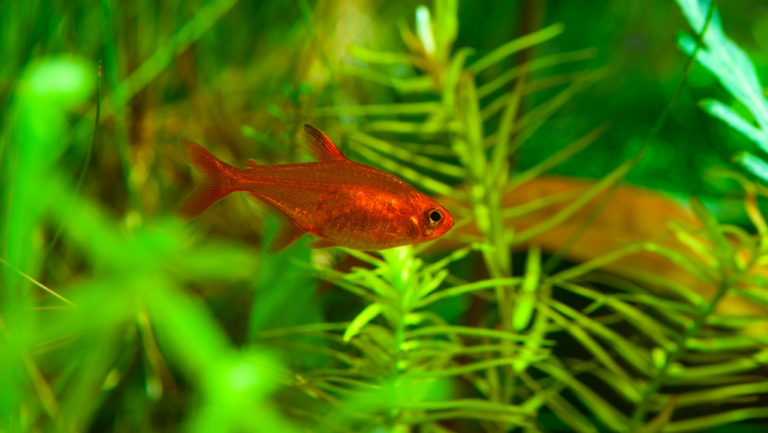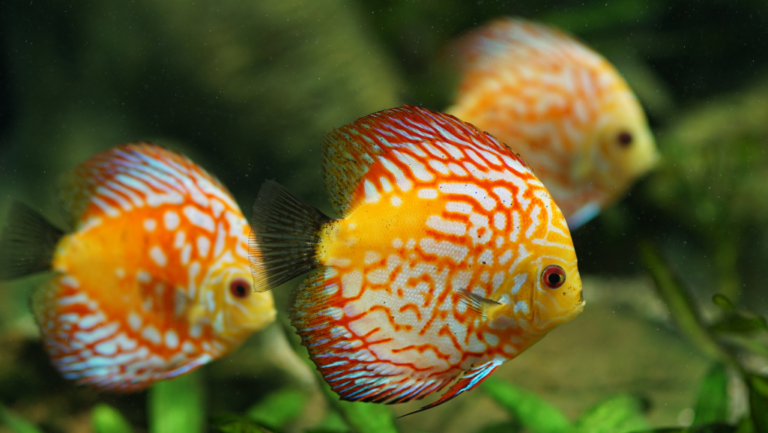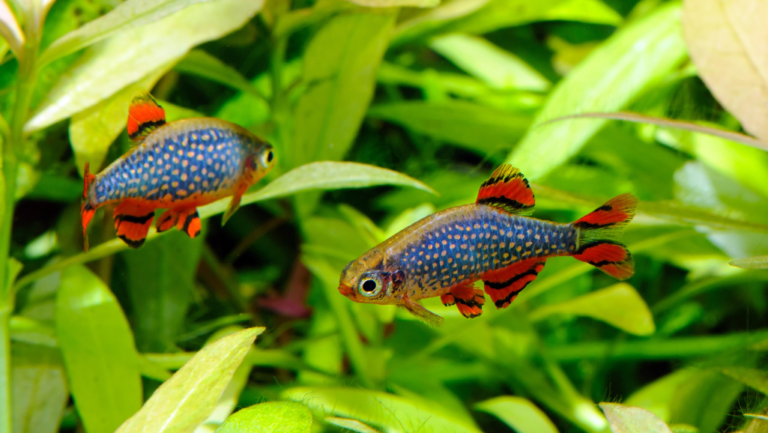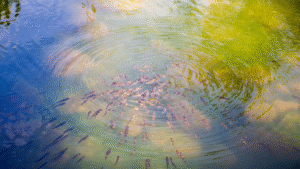For fans of aquarium life, Otocinclus Catfish are a symbol of elegance and usefulness. These “otos” are known for their grace and ability to eat algae. They are small but effective in keeping the tank clean, making them easy to care for.
Dwarf Suckermouths, Ottos, or Zebra Otocinclus – they all thrive under the right conditions. They prefer cooler water, between 72-79°F, and a neutral pH. Otocinclus Catfish are the ultimate cleaners of the tank, showing the best of aquarium life.
Key Takeaways
- Otocinclus Catfish efficiently combat algae in aquariums.
- Their optimal habitat includes temperatures of 72-79°F and a pH of 6.8-7.5.
- Optimal care avoids drastic water parameter changes to protect them from stress.
- Known for their peaceful nature, Otocinclus are best housed with similar calm tank mates.
- Otocinclus Catfish are best kept away from potential predators like Cichlids or Goldfish.
- Regular maintenance and not overstocking ensure a healthy environment for Ottos.
- They play a crucial role in creating a harmonious community aquarium setup.
Introducing the Otocinclus Catfish: Nature’s Petite Algae Eater
The Otocinclus Catfish is a tiny hero in the world of aquatic pets. They are experts at eating algae. Learning about their care, size, and how they live together gives us a peek into their underwater world. This helps them do well in your aquarium.
Characteristics and Species Overview
Otocinclus fish are small freshwater fish from South America. They are known as “oto” or common otocinclus. These fish are small, growing up to 4.5 cm long. The zebra oto is special because of its zebra-like stripes.
They are not just pretty; they also help keep the tank clean by eating algae.
Understanding Their Algae-Eating Habits
Otocinclus Catfish love to eat soft algae. They eat it off tank surfaces and plants. This makes them great at controlling algae, a big problem in many tanks.
They prefer to eat natural foods, which keeps the tank clean and healthy. To help them, you can manage the light and not overfeed. This keeps algae from growing too much.
Social Behavior and Activity Patterns
Otocinclus Catfish are very social, even though they are small. They like to be in groups and are active during the day. This is different from many other catfish that are more active at night.
Watching them swim and eat together is beautiful. It also helps keep the tank healthy. They are peaceful and get along well with other calm fish, like flowerhorn cichlids.
With the right care, Otocinclus Catfish can make a big difference in your aquarium. They add beauty and balance to your underwater world.
Otocinclus Catfish Care: Ensuring a Healthy Environment
For Otocinclus catfish, the key to good care is a well-set up tank setup. They love calm waters with lots of plants. This setup helps them live long and healthy lives, letting them eat algae naturally.
Keeping the right aquarium temperature is crucial. Otocinclus catfish do best in temperatures between 72 to 78°F (22 to 26°C). Keeping this temperature stable helps them stay stress-free and healthy.
For more insights on arranging environments that encourage these peaceful catfish to thrive, consider exploring comprehensive guides like this detailed treatment of Otocinclus habitats.
When setting up your tank setup, remember these key points:
- A minimum tank size of 10 gallons to provide adequate space for swimming and exploration.
- Soft, sandy substrate to mimic their natural riverbeds, which is crucial for their delicate barbels.
- Abundant plant life, including options like Java Fern and Anubias, which offer both aesthetic value and functional grazing areas.
- Driftwood and caves to serve as hiding spots that reduce stress and mimic natural cover.
It’s important to balance aquarium temperature and cleanliness for successful Otocinclus breeding. The tank should have some algae for food. So, clean regularly but keep some algae for them to eat.
In summary, a well-set up tank setup, the right aquarium temperature, and understanding Otocinclus breeding needs are key. Your catfish will thrive, making your aquarium more beautiful and lively. Always check and adjust the tank to keep your catfish happy and healthy.
The Ideal Diet for a Thriving Otocinclus
Otocinclus catfish are known for eating biofilm. They need a special diet to stay healthy in aquariums. Knowing what they eat is key for keeping them thriving.
Algae and Biofilm: The Mainstay of Otocinclus Nutrition
The main food for Otocinclus is biofilm on surfaces. This biofilm has algae, diatoms, and microorganisms. It’s a great natural food source. So, it’s important to have plants and let algae grow.
Adding aquatic plants helps a lot. It makes the tank better for these fish.
Variety is Key: Supplementing Their Algae-Based Diet
While biofilm is key, variety is also important. Adding blanched veggies like zucchini is good. So are algae wafers and Repashy gel food.
These foods give them nutrients. They also make the fish graze like they do in the wild.
Feeding Strategies and Preferred Foods
Good feeding strategies are crucial for Otocinclus. They like foods like softened zucchini, shrimp pellets, and algae wafers. It’s best to attach food to driftwood or put it on the bottom.
This way, they can eat naturally. Watching them eat helps keep them healthy and happy.
Compatible Tank Mates for Your Otocinclus Catfish
Creating a home for Otocinclus catfish means understanding peaceful community setups. These small, gentle catfish are perfect for a calm tank. But, they need the right friends to do well.
Selecting Peaceful Community Fish
Choosing calm fish like tetras, rasboras, corydoras, and kuhli loaches is key. These fish live well together and need similar water. They help keep the tank balanced and diverse.
Invertebrates as Companions: Shrimp and Snails
Adding invertebrates like Nerite Snails, Amano Shrimp, and Red Cherry Shrimp is smart. They are calm and help with algae. They also make the tank look good and keep it clean.
Avoiding Predatory and Aggressive Species
Otocinclus catfish do best with calm friends, not aggressive ones. Stay away from cichlids and goldfish. They can be too rough. Choosing the right Otocinclus tank mates keeps them safe and happy.
Creating a good home for Otocinclus means more than just the right tank. It’s about building a community where they can live without worry. The right tank mates and a nice home will make them live longer and happier. A peaceful tank is a safe haven for all your fish.
Conclusion
At the heart of a vibrant aquarium are inhabitants like the Otocinclus Catfish. They are known for being peaceful and good at controlling algae. To care for them well, you need to meet their specific needs and understand their ecosystem.
Otocinclus Catfish are small, growing from 1.5 to 2 inches. They need a tank of at least 10 gallons. The water should be between 72-78°F and have a pH of 6.5 to 7.5 for them to thrive.
These Catfish love to eat algae, so they need a well-structured tank. You can also give them algae tablets and fresh veggies. Keeping a group of six or more can help them feel less stressed. Also, changing 25% of the water every week is crucial for their health.
Choosing between tank-raised and wild-caught Otocinclus requires careful consideration. It shows how important it is to pay close attention to their care.
Adding Otocinclus Catfish to your tank can make it more lively and healthy. By choosing the right tank mates and paying attention to their needs, you can enjoy a clean tank and the beauty of these fish. For those who want to make their aquarium vibrant, Otocinclus Catfish are a great choice.
